Wayfinding Signs
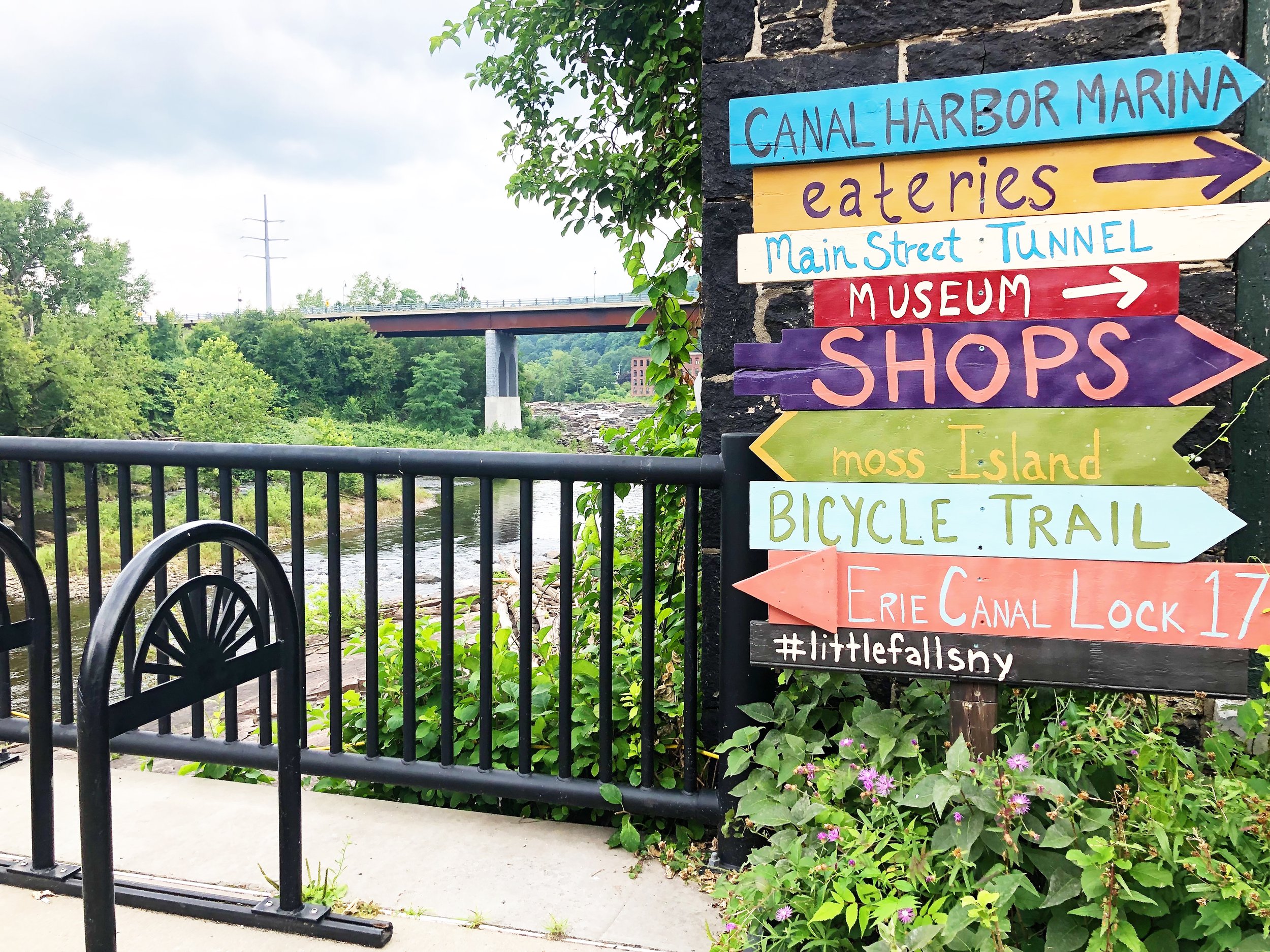
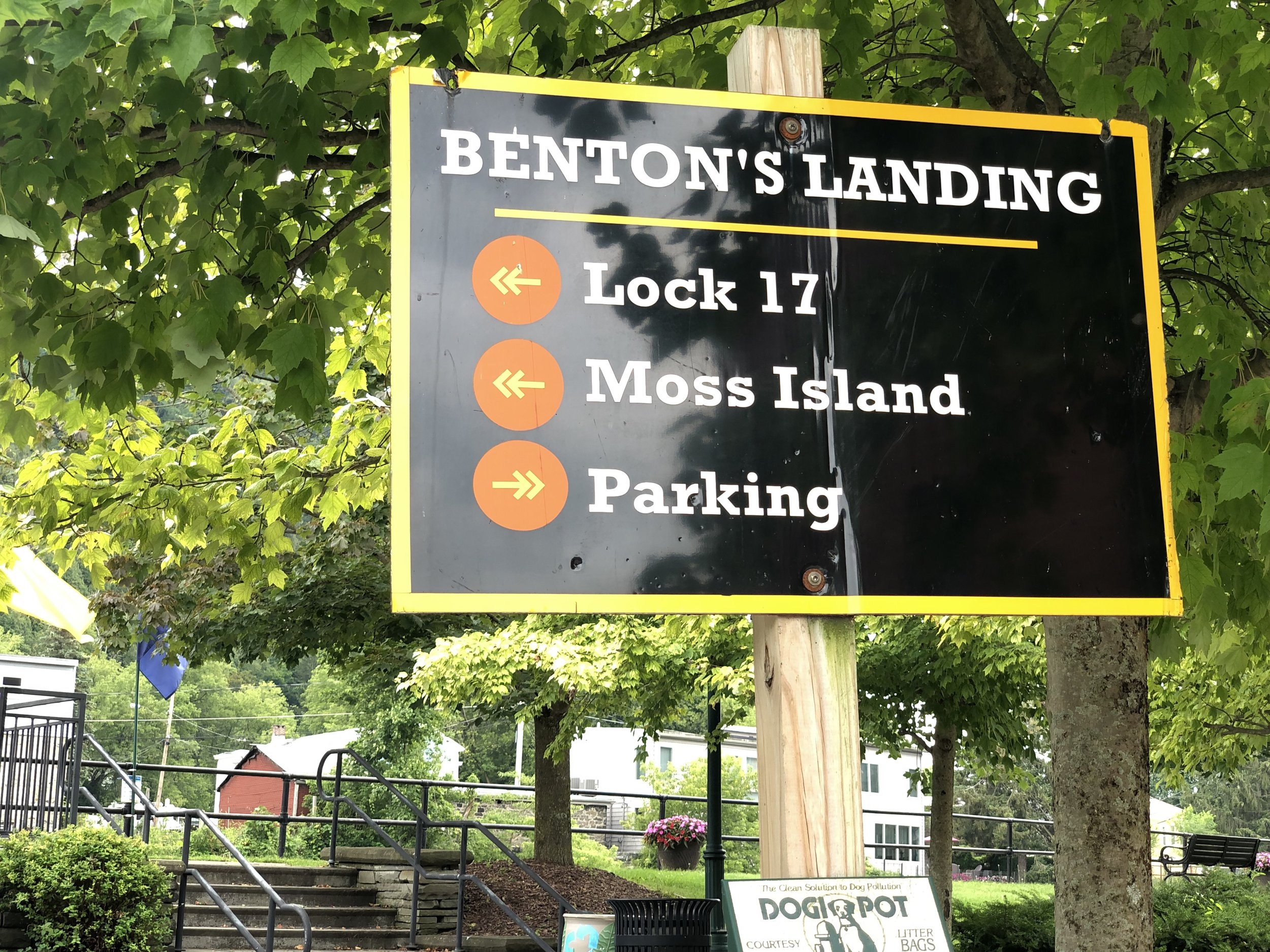

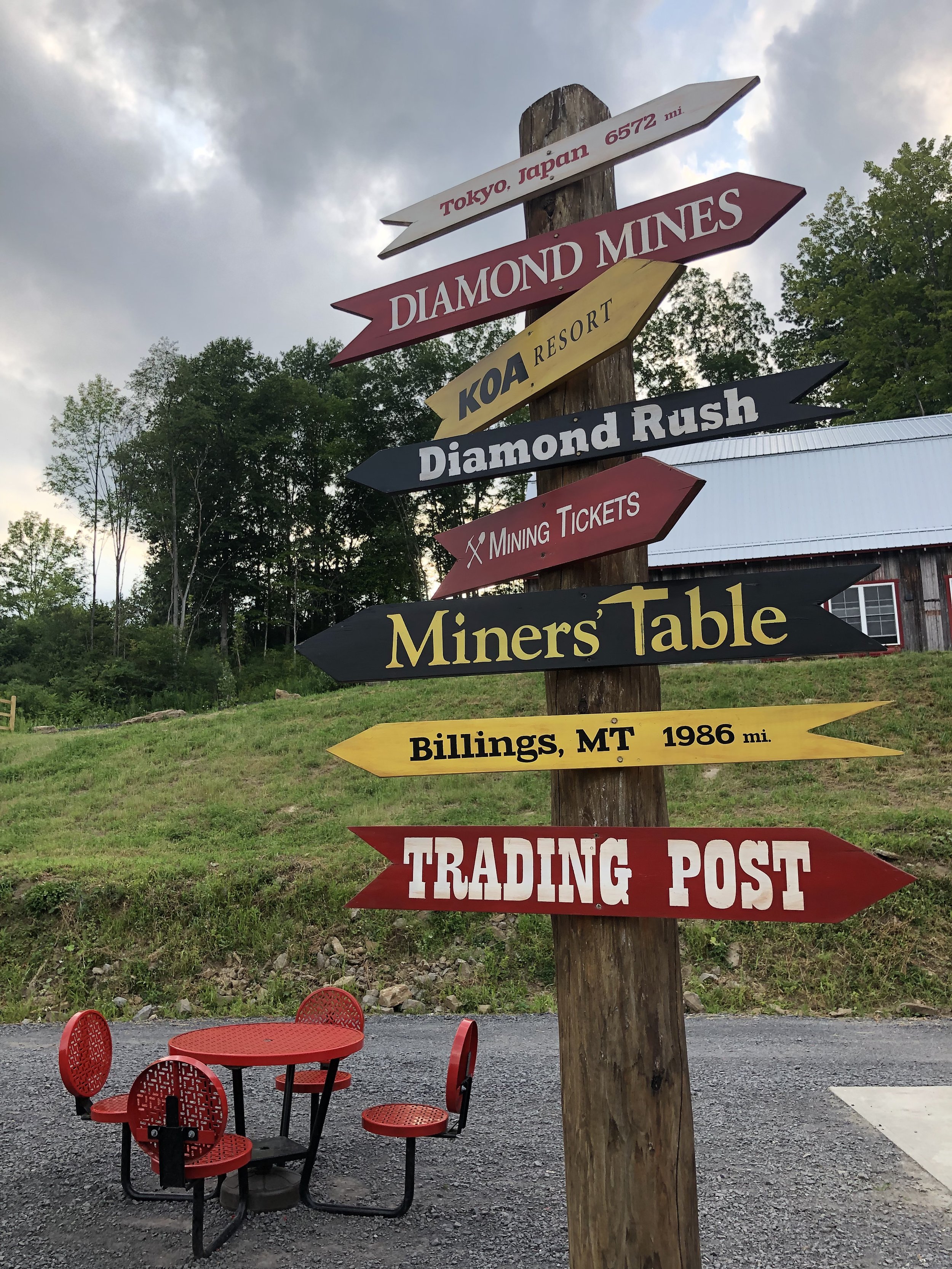
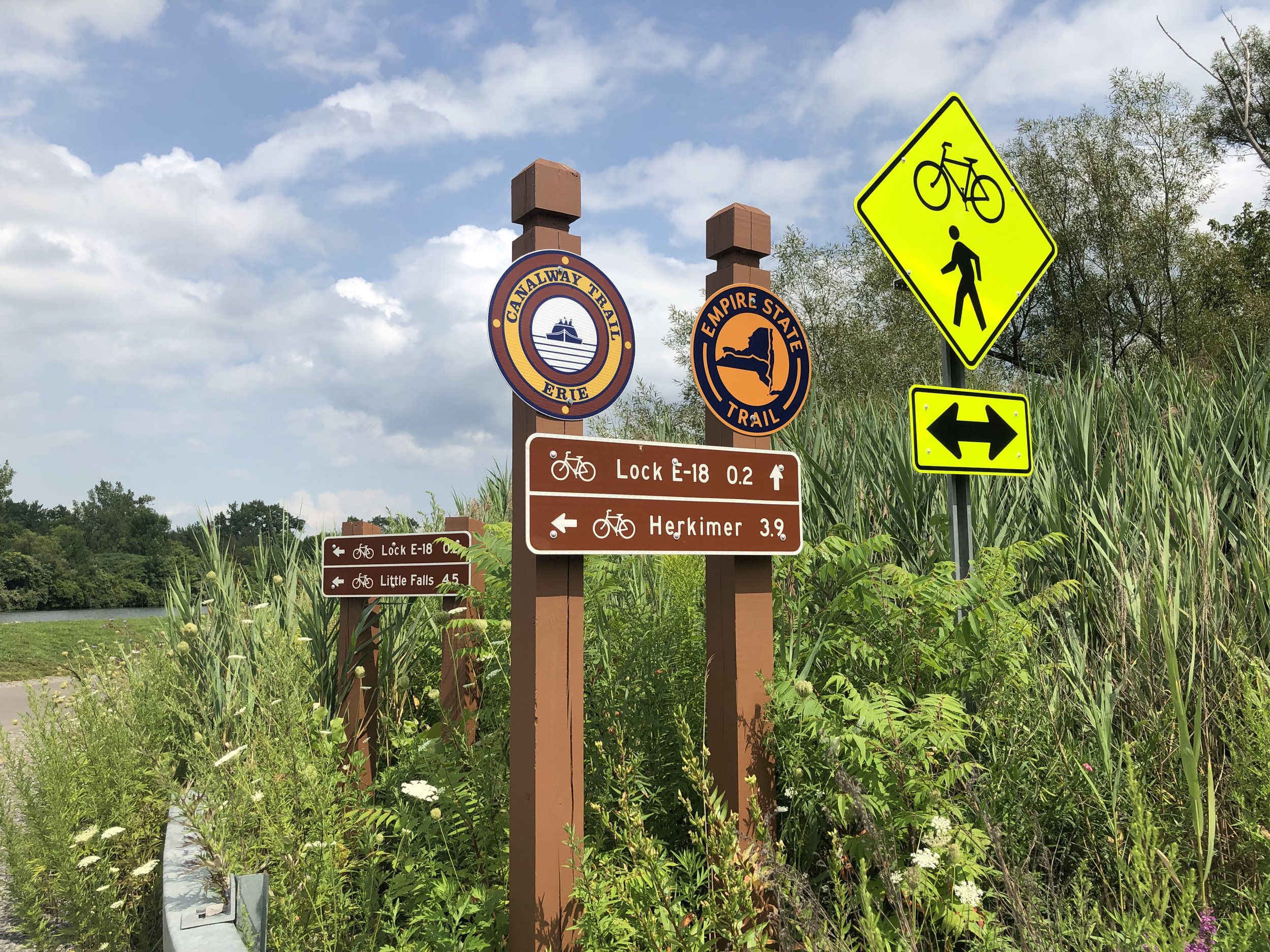

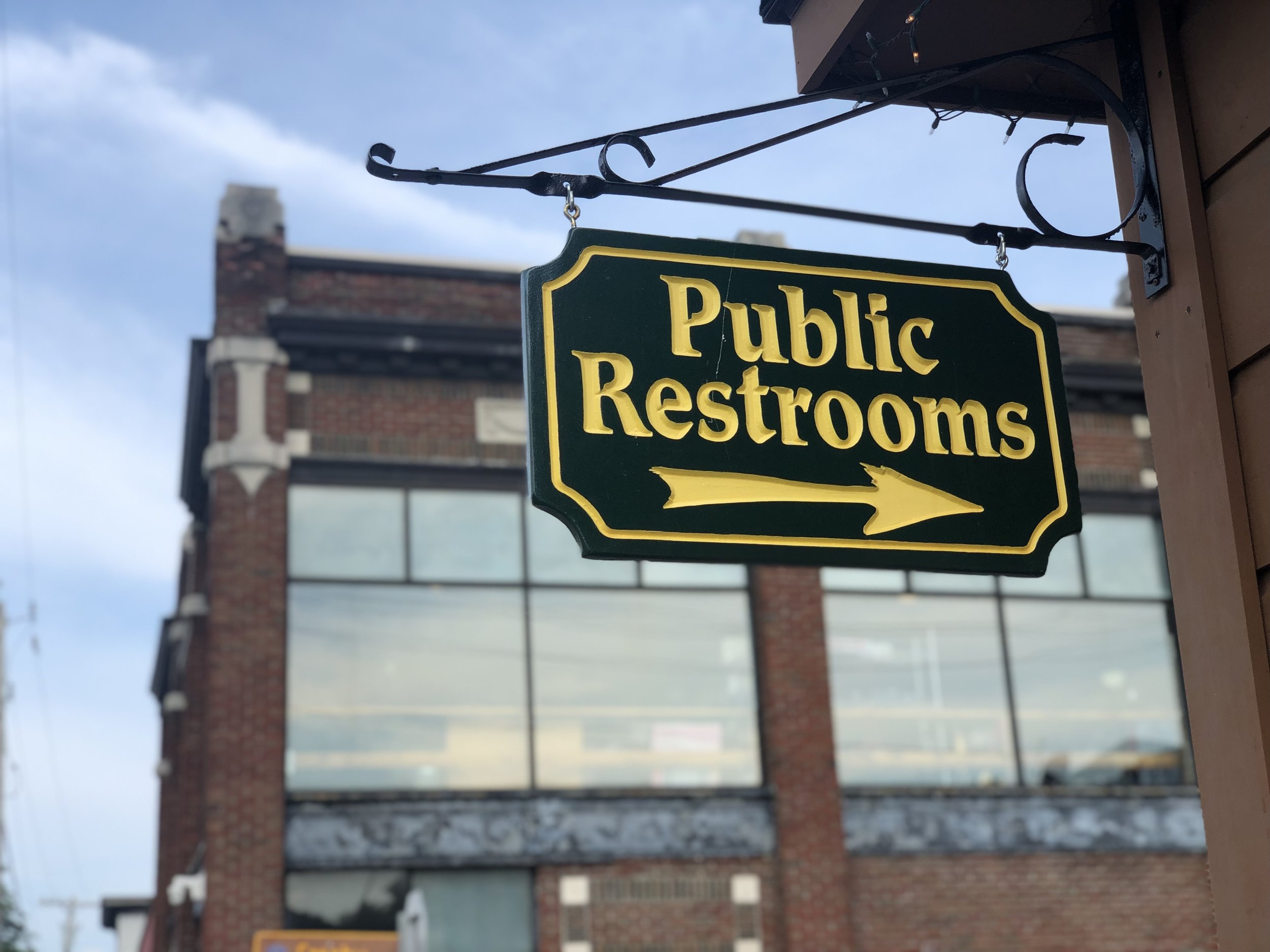
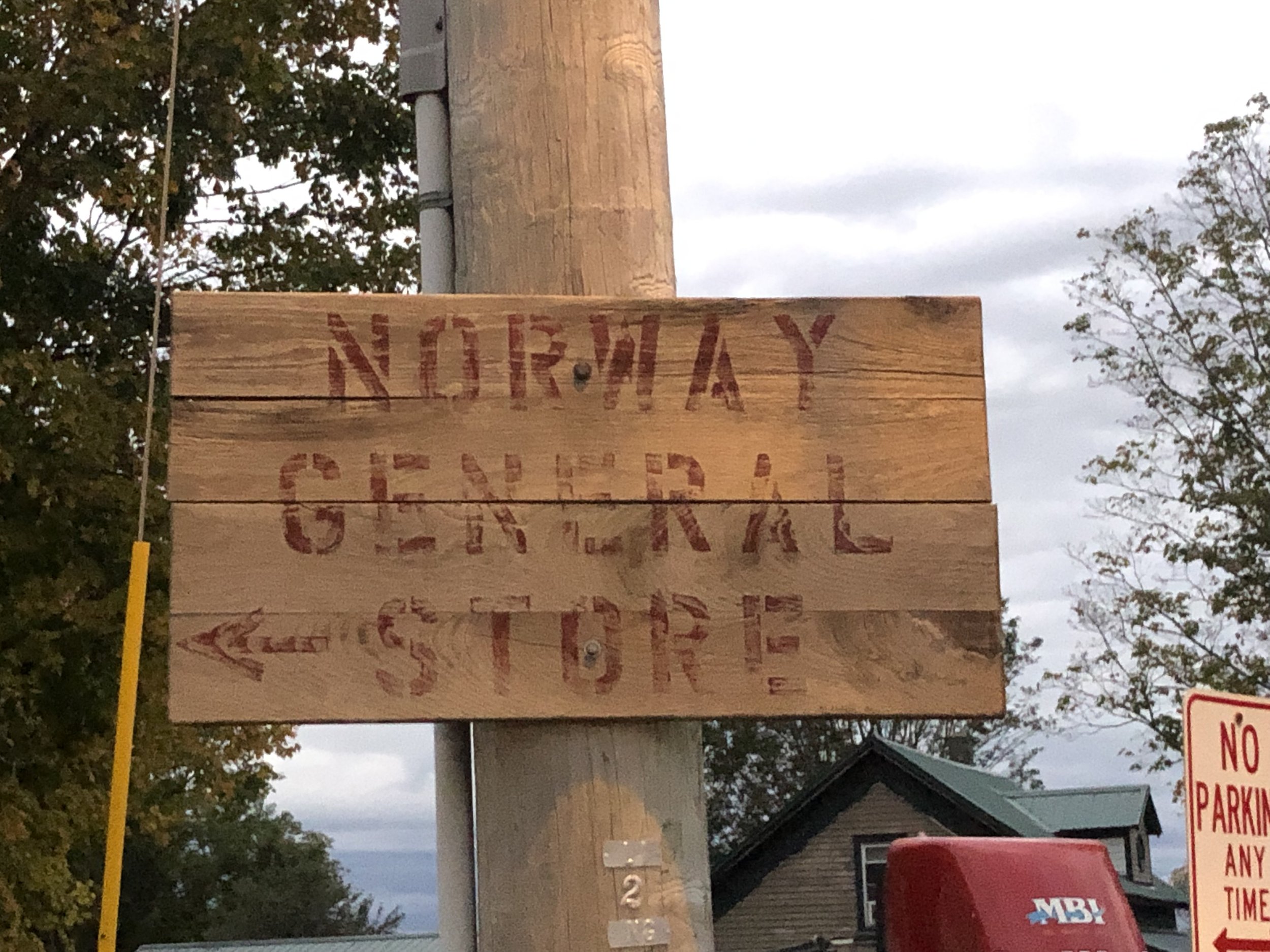
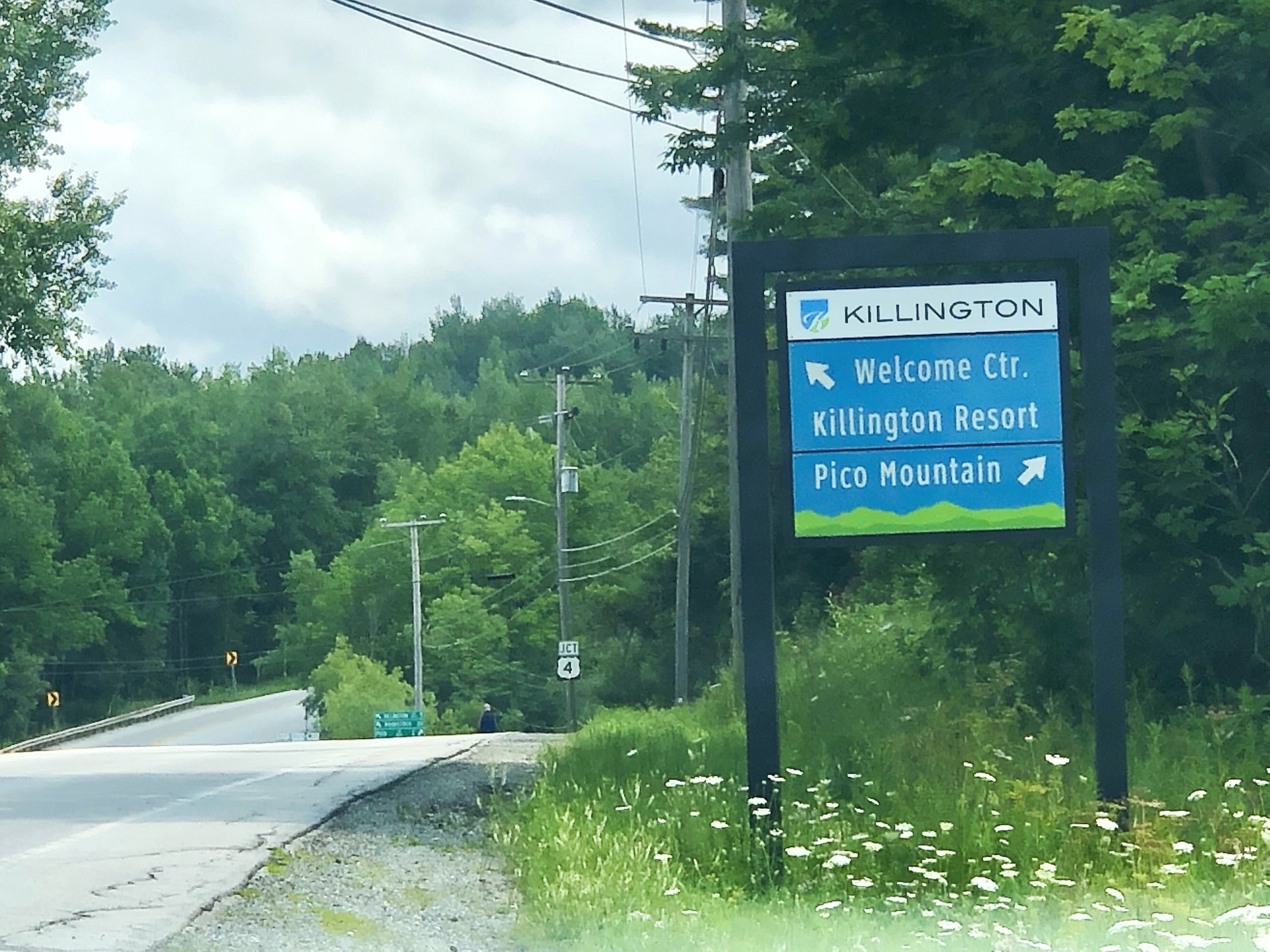
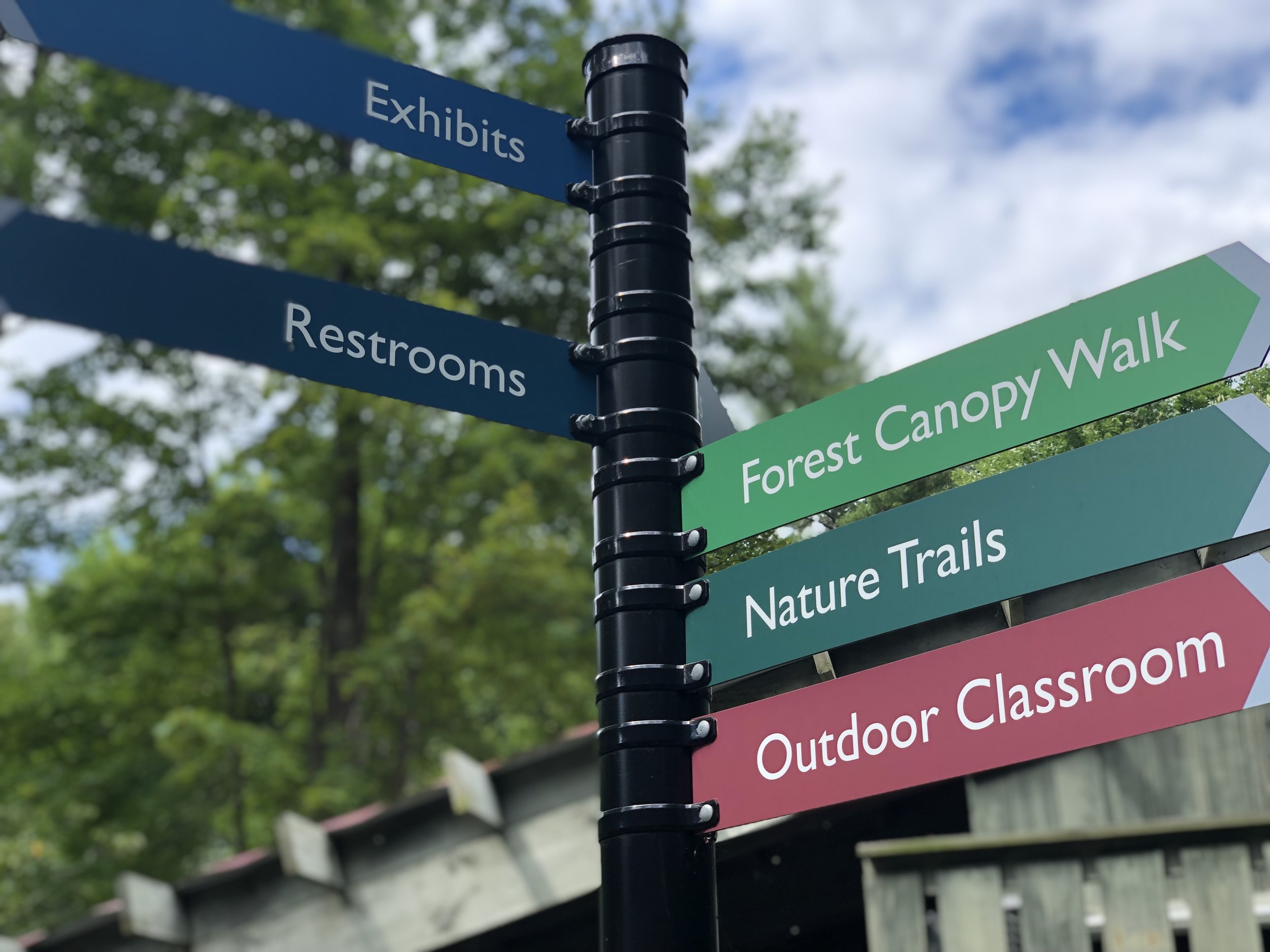


![Walk [Your City] Signs](https://images.squarespace-cdn.com/content/v1/613f699cd91c9539788a5629/1638845194974-OKST4O41AHXXHDN7N674/IMG_8705.jpg)
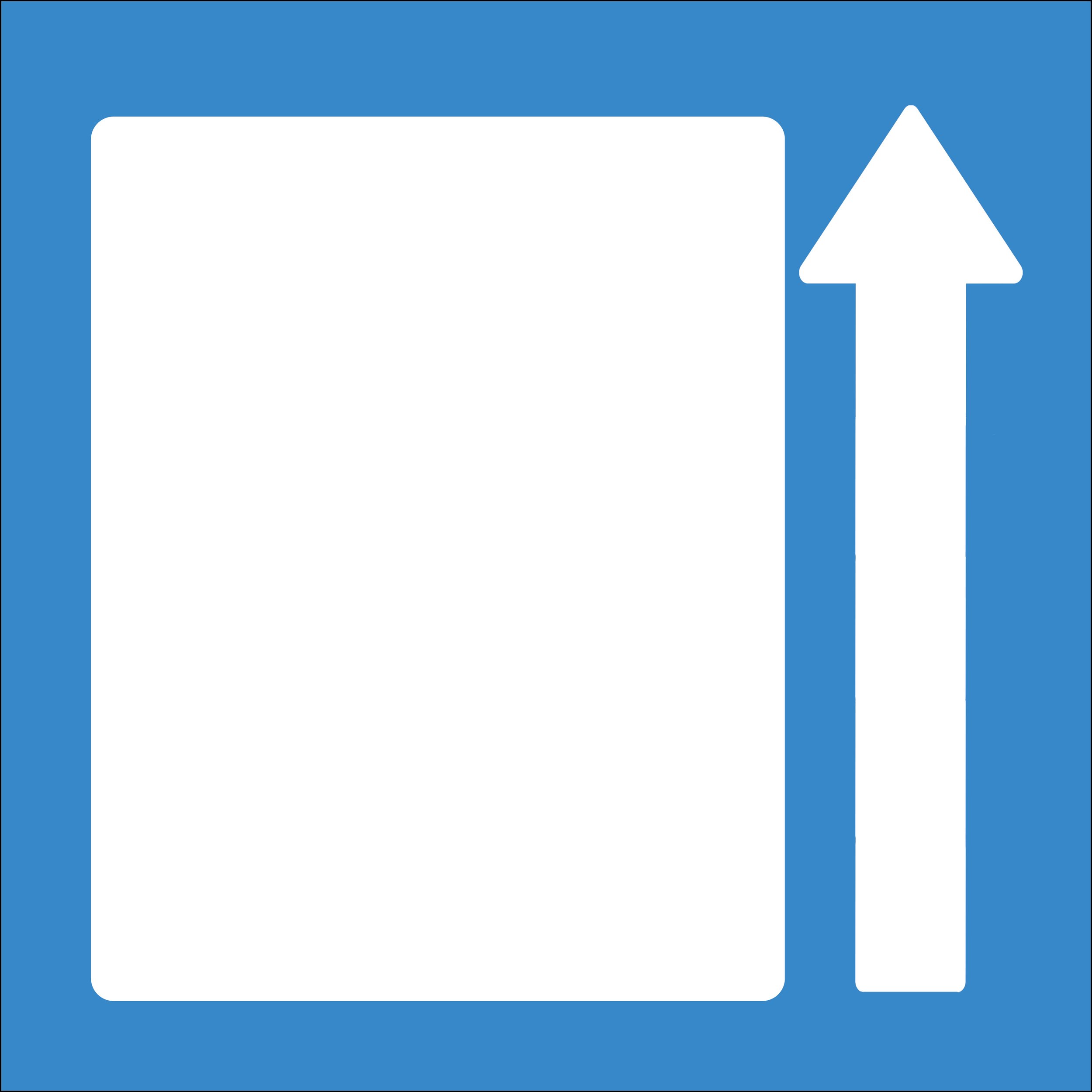
Photos ©Community Workshop LLC
Where: Everywhere!
What: Signs that help people find their way around a place or learn about destinations
Wayfinding signs are signs that direct people to places and destinations, help them learn about the sites or amenities in an area, or encourage people to travel there. They are everywhere — on streets and trails, in hospitals and shopping malls, at tourist sites. Wayfinding signs can be large or small, professional or handmade, and focused on all sorts of themes or goals.
Why: Help people find what they need and get where they want to go, and showcase community offerings
The main purpose of wayfinding signs is obvious — they make it easier for people to find their way to places or things they need. But there are a lot of other reasons why that’s valuable for people and communities. They can help people find their way to important amenities like libraries, healthcare facilities, schools, playgrounds, parks and trails, which increases use of those services. Good wayfinding signs can serve as marketing tools, informing people of businesses and services and encouraging them to visit or patronize those sites. They can send an important message about a community’s character or brand. They can encourage people to stop, walk, bike, or play. All in all, wayfinding is one of the simplest and most cost-effective community development strategies around, since they are all about highlighting assets that already exist.
More:
Walk [Your City]: This national project began with an experiment by graduate student Matt Tomasulo, who simply printed signs and hung them up around Raleigh. Each sign said “It’s a ___ minute walk to [destination]” and was designed to show people who easy it is to walk places. These signs are printed cheaply on coroplast, and can be zip tied onto anything. The national website has a toolkit and simple tools for planning and designing your own.
Learn the rules: If you’re planning signage for bike or pedestrian routes, be sure to get permission and work with transportation authorities. Check out national design guidelines for assistance.
Get Inspired:
Start small: Just one handmade signpost can make a difference in a community, immediately adding a dose of fun and highlighting local assets.
Go temporary: If you can’t install permanent signage (yet), start with a pop-up version. Print cheap or simple signs to try out for a short time, or create blanks with chalk paint or dry erase surfaces that you can repurpose for events.
Get creative: What could signs do or offer beyond just the names of locations? Think about how to use signage to meet other goals like walkability, affordability, or building community.
